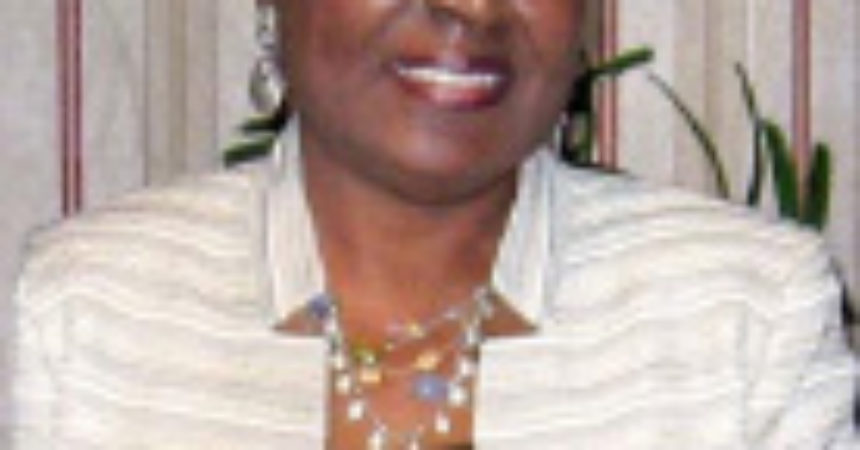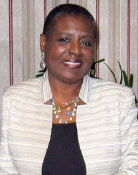
Starbucks and police require sensitivity training

By Dorothy Inman-Johnson
Special to the Outlook
There has been quite an uproar over the arrest of two Black men in a Philadelphia Starbucks on April 12; as it should be. Most of the outrage, however, has been directed at Starbucks; though the city’s police department should be held equally responsible. Even the City’s Mayor, Jim Kenney, has correctly denounced Starbucks by calling for the Commission on Human Relations “to examine the company’s policies and procedures and need for implicit bias training”, without recognizing that the same is needed for its police department. Here’s what happened.
On April 12 two Black men, Rashon Nelson and Donte Robinson, arrived at the Starbucks for a business meeting with Andrew Yaffe, a white businessman, on a real estate opportunity at 4:35 p.m. Nelson asked for the key to use the restroom while waiting for Yaffe’s arrival and was told restrooms were only for paying customers. He returned to his seat and a Starbucks employee came over to ask if they needed help, which is unusual since customers order from the counter when ready to place an order. Nelson and Robinson declined and stated they were waiting for a third party for a business meeting. The Starbucks manager, then, placed a 911 call at 4:37 p.m., just 2 minutes after the two men arrived, and requested officers be sent because “I have 2 gentlemen at my café that are refusing to make a purchase or leave”.
Within minutes, six police officers arrived. It seemed an overly aggressive police response to a trespass call for people who had not ordered a coffee yet. The number of officers dispatched may have been in part because the 911 operator misstated the call and said, “1801 Spruce at Starbucks a ‘group’ of males (implying several more than two) was refusing to leave”, implying a confrontation. Once on the scene, the officers immediately went over to Nelson and Robinson and asked them to leave, though they were simply sitting and talking to each other just as all other Starbucks customers, and causing no disruption. Obviously, the two men did not respond quickly enough because they were confused about being surrounded by police officers when they had done nothing wrong. The police ordered them to stand, put their hands behind their back, cuffed and placed them under arrest just as their friend arrived demanding to know why they were being arrested. So did most of the other customers who had observed no inappropriate behavior by the two. Several recorded the arrest on their phone; and one White customer Melissa DePino tweeted, “The police were called because these men hadn’t ordered anything. They were waiting for a friend to show up, who did as they were taken out in handcuffs for doing nothing. All the other white ppl (people) are wondering why it’s never happened to us when we do the same thing”.
First, any company policy that imposes a strict time limit for a potential customer to make a purchase or be removed from the store, and applies the policy to only a certain race is discrimination. Many of the Starbucks protesters following the arrest, including Nelson’s Fraternity_ Omega Psi Phi, described this practice as “retail racism”, “shopping while black”, and racial profiling by store owners. To his credit, Starbucks CEO Kevin Johnson called the incident reprehensible, refused to file charges against Nelson and Robinson resulting in their release, met with them and apologized, fired the store manager whose action started the incident, and plans to close all 8,000 U.S. Starbucks stores on May 29 to do racial bias sensitivity training. On the other hand, the Police Commissioner Richard Ross stated, “The police officers did absolutely nothing wrong. If a business calls and they say that someone is here that I no longer wish to be in my business, officers have a legal obligation to carry out their duty and they did”. It would seem that part of their duty would be to talk to both parties and verify that a crime has taken place; particularly in a case like this one in which there was no confrontation or disruption. You wonder if there is any real crime in this city if 6 officers are available to answer a call to remove a store patron for not buying anything fast enough. Later, after national outrage over the arrests, Police Commissioner Ross met with Nelson and Robinson, apologized, and admitted he and the police department had failed miserably in their response to the call.
There is a human resource component to this discussion as well. If hiring practices, background, and reference checks do not screen for racial bias and persons with those character traits, there is no amount of training that can make a racist a good face for any company. So, good hires with required job and public relations skills go a long way in preventing reoccurrences of these type incidents. Mayor Kenney said, “I am heartbroken to see Philadelphia in headlines for an incident that_ at least based on what we know at this point_ appears to exemplify what racial discrimination looks like in 2018”.
Had the Starbucks manager and the police exercised a bit more common sense, this whole situation could have been avoided. Hopefully, lessons were learned that will prevent it happening again.
Please send comments to dotinman-johnson@hotmail.com.







